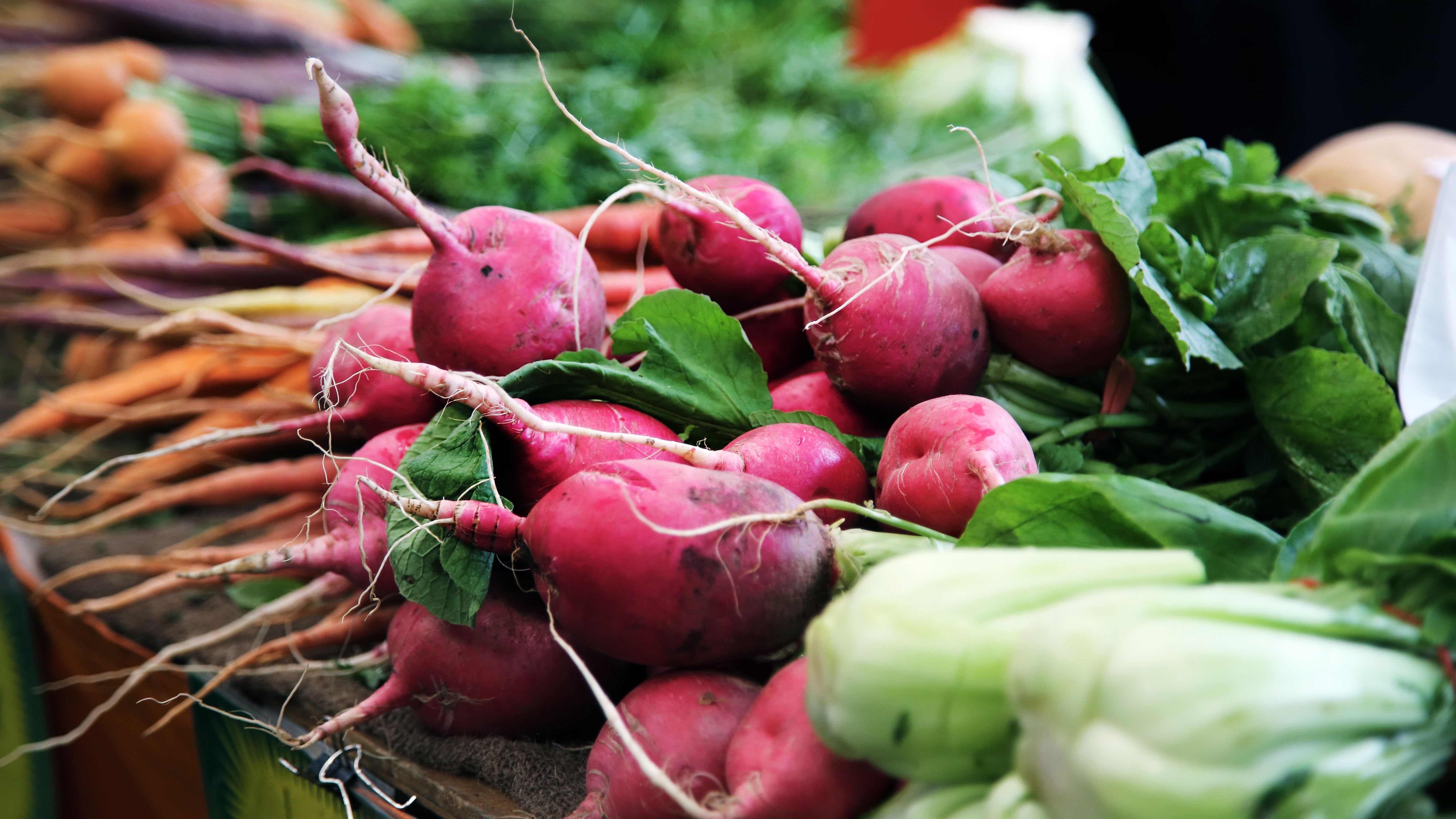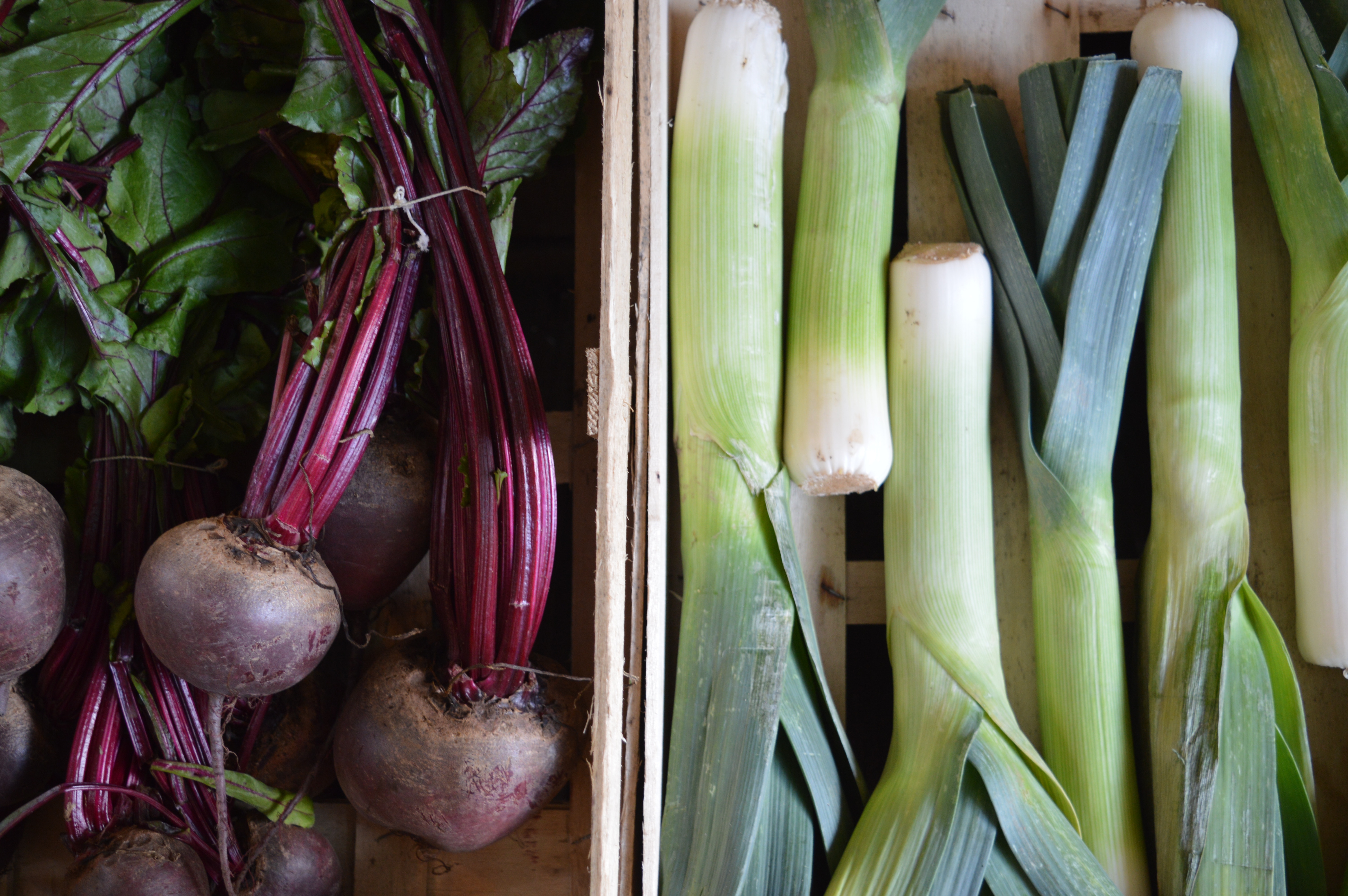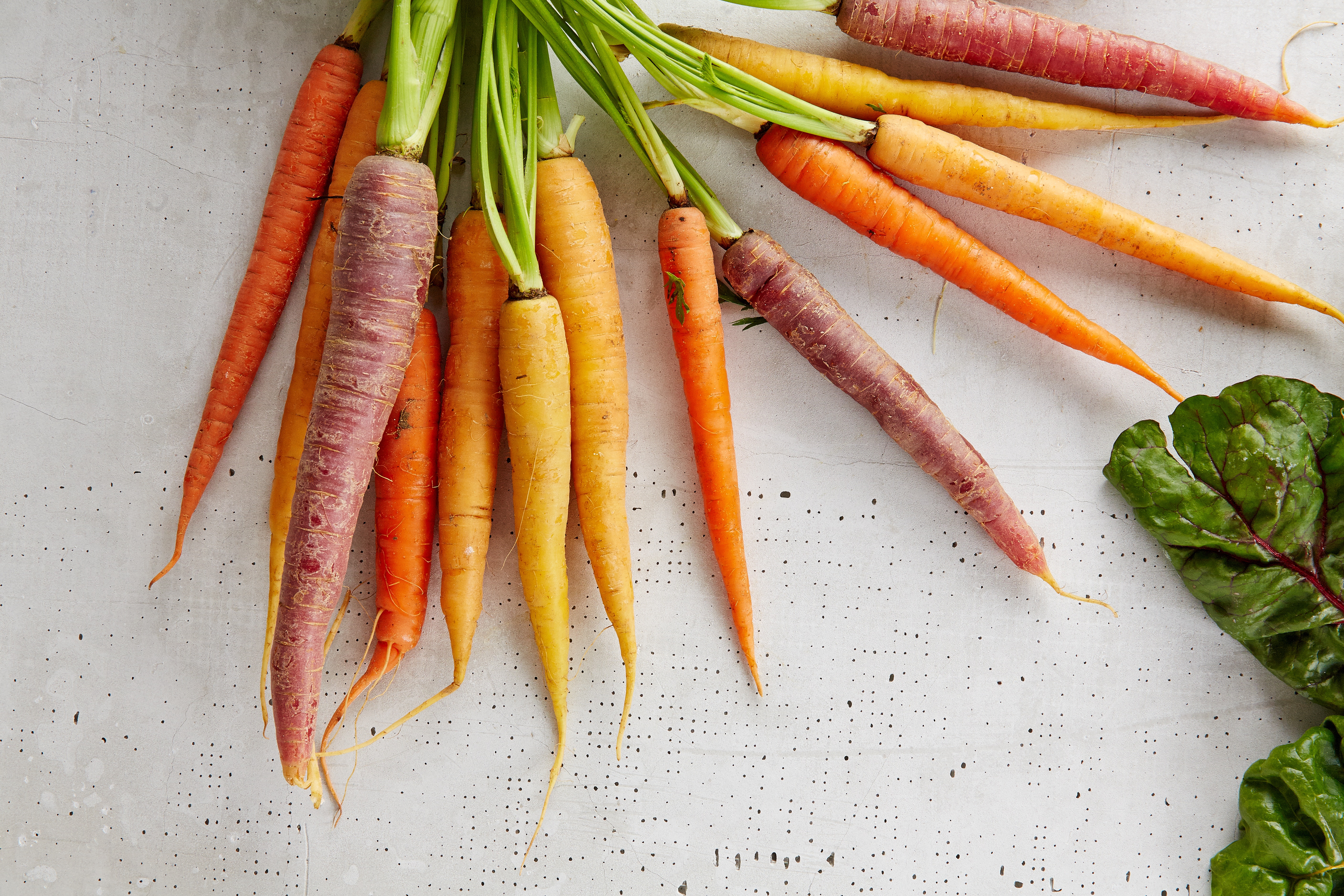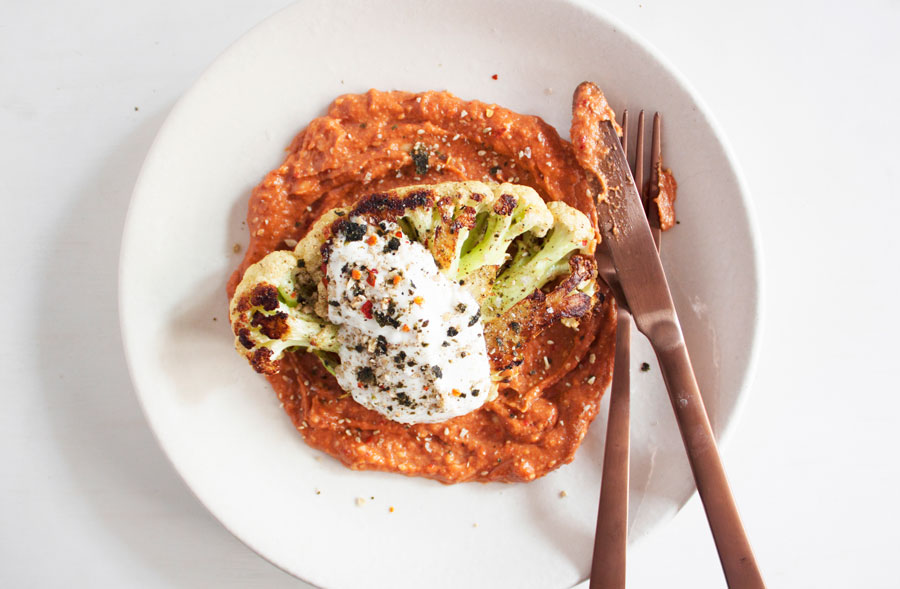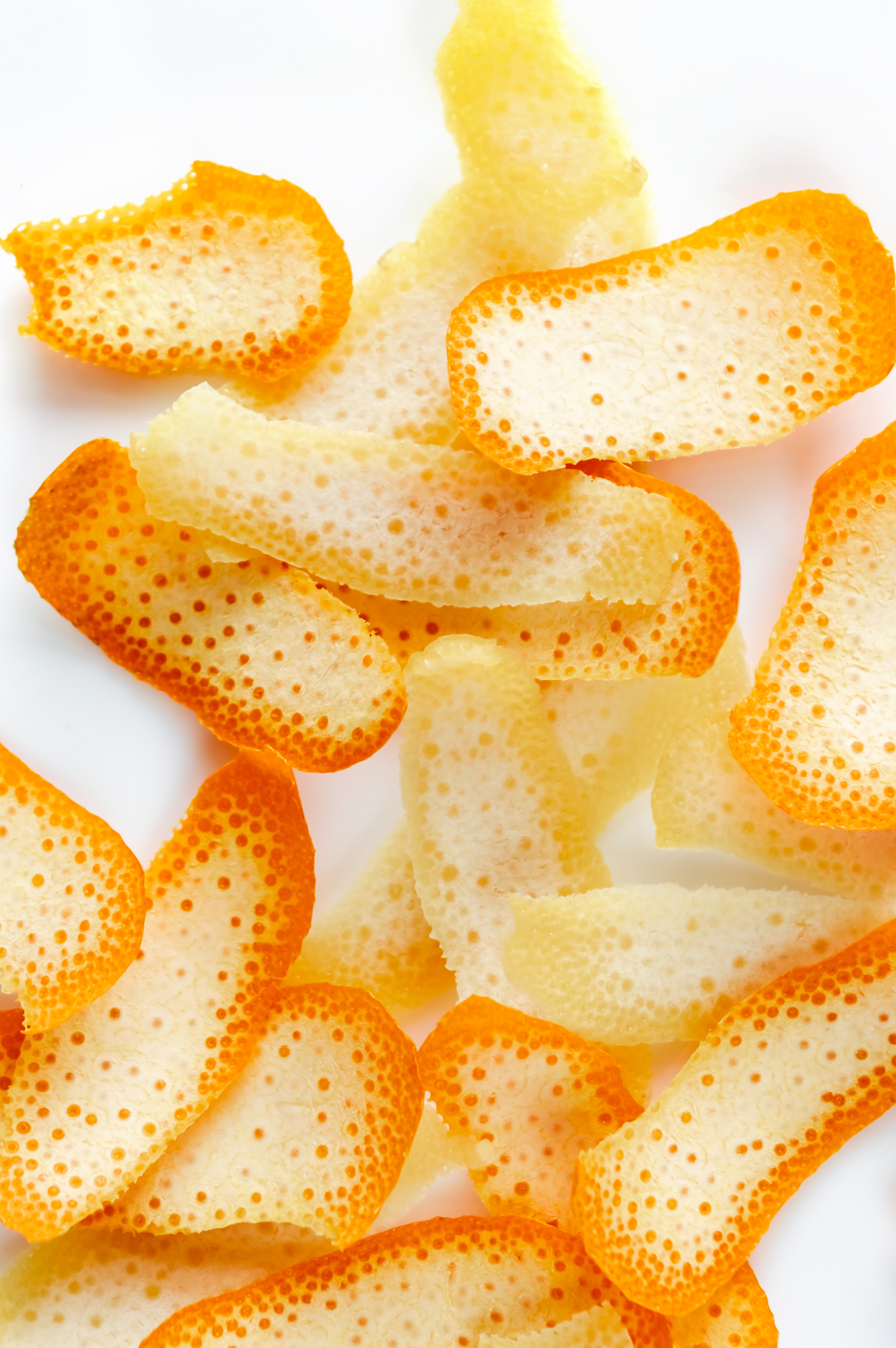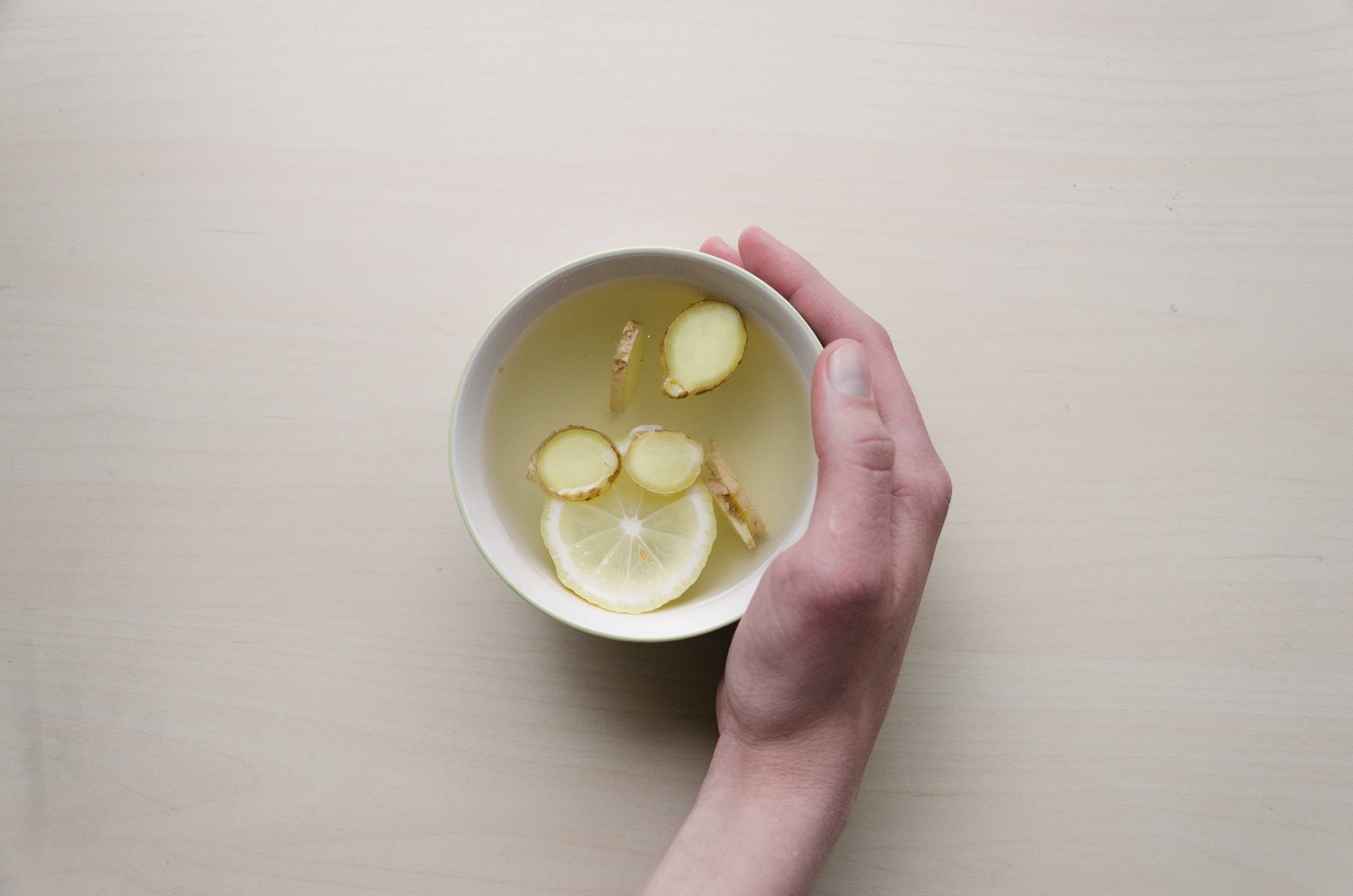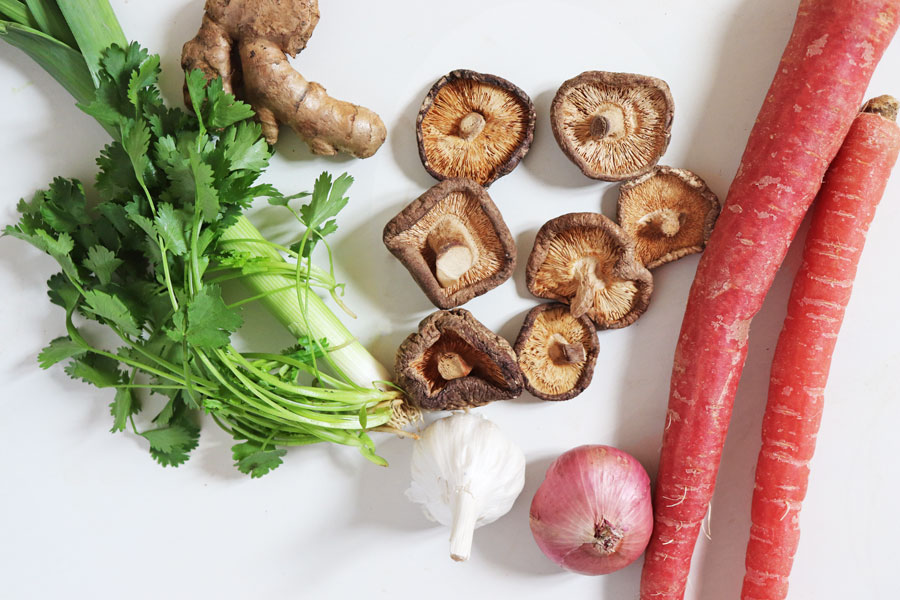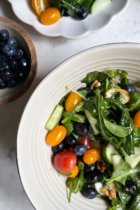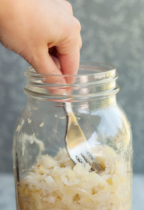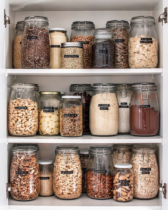Food wastage is a big cause for concern — according to the UN, about one-third of the entire global food production is discarded or uneaten, and thus wasted. This negatively impacts the environment, causes huge losses to the economy, depletes natural resources, and accelerates climate change. That’s why we’re always looking for ways in which we can reduce the amount of waste we produce — starting from our home kitchen.
If you’re familiar in a kitchen, you know it’s almost inevitable to accumulate a bunch of food waste throughout the day. Vegetable peels, scraps, odd bits, stems, “ugly” produce that we don’t want stealing the spotlight on our plates — all of this and more usually finds its way to the bottom of the trash can.
Though kitchen food waste is biodegradable, it’s still waste, which means it’s depleting natural resources ultimately. Composting is a great way to repurpose leftover kitchen scraps in an eco-friendly manner, but is there any anything else we can do? Are there any creative ways to use up kitchen scraps before they end up in the compost?
Turns out there are many!
We did a little, ahem, digging, and found that there are SO many ways in which kitchen scraps can be repurposed with just a little time + effort, and some creativity. These are solutions that will benefit any home cook looking to cut down on kitchen waste, and are easy enough to implement on a regular basis.
Here are some of our favourite ways to cook with kitchen scraps and repurpose stuff that usually makes its way to the garbage can:
~ Apples: Toss apple peels with cinnamon and a tiny bit of sugar and bake them until they’re crisp and golden brown. Tastes delicious dipped in peanut butter.
~ Bananas that are overripe, too brown, and past their prime can be used to make desserts. Use them in banana bread, or whip up naturally sweetened “nice cream.”
~ Beets: Beetroot tops can be used to make pesto, as can beet greens. Beet greens are slightly bitter and tough (like rainbow chard or collard greens), but delicious when sautéed with a hint of garlic, until just wilted.
~ Broccoli stalks and stems can be eaten just like the florets. Chop and sauté along with florets, grate into broccoli “rice,” or blend it into soups.
~ Carrots: Use the peels when making broth, and the tops for making a herbaceous carrot top pesto.
~ Cauliflower cores and stems can be cooked the same way you do the florets. You can also grate it into “rice;” roast the entire cauliflower in ‘steaks;’ puree the stems and add it to stews and soups to thicken.
~ Chickpea water (the water that’s been used to boil the chickpeas), also known as aquafaba, can be whisked and used as a vegan egg replacement in many baked goods and desserts, like this vegan chocolate mousse.
~ Citrus: The peels of oranges, lemons, grapefruits etc. are gorgeous. Use them to flavour sugar syrups (to drizzle on cakes, or for citrus cocktails); make candied citrus peels; freeze them and zest as required to brighten up dressings and sauces (even when they’re no longer in season); store in a bottle of olive oil to infuse it with the citrus flavour.
~ Corn cobs from which the kernels have been removed can be used to flavour broth. The cobs release a milky liquid, which makes the broth really flavourful and can be used in corn chowders and soups.
~ Ginger peels are excellent for brewing a stomach-soothing ginger tea. Just bring to a boil with water, then simmer and let the ginger infuse. Serve with a dash of honey.
~ Herbs like coriander and parsley contain the maximum amount of flavour in their stems. Instead of throwing them away, use the stems in sauces, dips, pestos, salad dressings etc.
~ Mushroom stems need not be removed. Chop them and use the same way you would use mushroom tops. They’re great for broths too.
~ Olive pits are great to infuse bottles of olive oil with for a more intense fruity flavour.
~ Parmesan rinds are usually discarded, but can easily be used in a broth to give it a cheesy, salty flavour. Use this broth for risottos, pastas, or soup.
~ Pumpkin seeds aren’t meant to be tossed. Save them, clean them, and dry them — then roast with whatever spices and seasonings you like. Delicious as a snack or as a crunchy topping.
~ Stone fruit pits can be used to flavour syrups, vinegars, milks, creams. After infusing milk or cream with fruit pits, you can use that to make whipped cream, ice cream, pannacotta etc.
~ Vanilla bean pods can be used to infuse other food items with vanilla — once you’ve cleaned the pods, store them in a jar of sugar to make vanilla sugar (use in coffee or in baked goods like you would use regular sugar); vanilla pods can also be used to infuse alcohol like vodka, brandy, or bourbon.
~ Vegetable peels and scraps: Onion skins, leek tops, carrot peels, celery bits and leaves, potato peels etc. can all be chucked into veggie broth, to give it a complex, deep flavour. Start collecting vegetable peels in a reusable container or bag and freeze them until you have enough to make a broth.
~ Watermelon rinds are always discarded but are most certainly edible. Finely chop up the white parts and turn into a homemade jam, or pickle them using a brine.
~ Zucchini that is wilting can be used to bulk up soups, shredded and used in baked goods, or can even be steamed and frozen to add body to smoothies!
Do you have any creative ways in which you cook with kitchen scraps to reduce your food wastage?
Let us know: leave a comment, or tag @sprigandvine.in on your photos on Facebook and Instagram with the hashtag #goodfoodpractices

